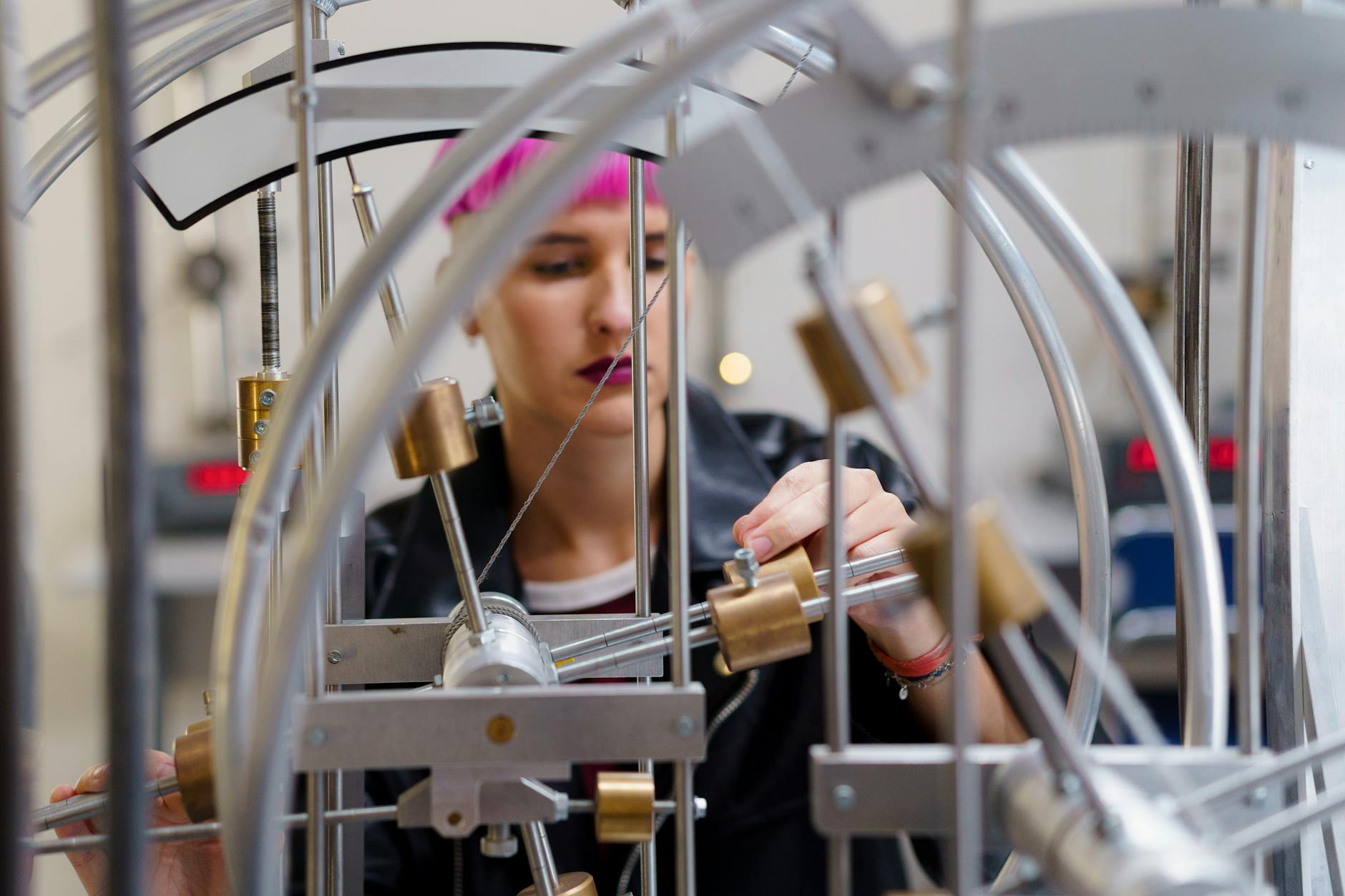Why Technology is Redefining Aged Care in Australia

Tech Advancements in Aged Care
Incorporating technology into aged care has revolutionised the way we approach patient well-being and service delivery. During my recent visit to The Precinct in Fortitude Valley, I witnessed firsthand how emerging technologies are reshaping health services. One of the most notable breakthroughs is the use of aged care courses that now include training in telehealth and remote monitoring. These advancements allow healthcare professionals to track patients' health in real-time, reducing hospital visits and allowing for timely interventions.
Another exciting development is the integration of robotics in daily assistance. These machines can perform tasks ranging from simple mobility assistance to more complex functions like medication handling, thereby relieving staff to focus on more critical care needs. Virtual Reality for therapy is another area gaining traction. It provides an engaging and effective way to manage pain and improve cognitive function in elderly patients through immersive experiences.
Technology changes offer new ways to enhance our roles as healthcare providers, making our work more efficient and our care more impactful. These innovations, especially robust aged care systems, are crucial in equipping us to meet the growing demands and complexities of geriatric care. While technology offers solutions, choosing the right tools remains a critical decision that can be informed by specialised training and courses.
Enhancing Patient Care
Personalized Care Plans with AI
Harnessing the power of AI to craft customised care plans has become a game changer in the realm of healthcare. AI-driven technologies can analyze extensive datasets to tailor personalized care plans that meet the unique needs of elderly patients. This technological shift has enabled healthcare providers to predict treatment outcomes more accurately and devise interventions tailored for individual patients. By leveraging AI, facilities can now provide a level of care that feels more intimate and effective, aligning seamlessly with the specific needs of geriatric patients.
Smart Homes for Elderly Independence
Smart home technology is redefining how elderly Australians maintain their independence while ensuring safety and comfort. Imagine homes equipped with sensors that can monitor movements, detect falls, and even adjust lighting to suit the time of day. This technology provides peace of mind for both patients and their families. For healthcare professionals like Jackson, these advancements mean spending less time worrying about patient safety and more time focusing on hands-on care. Located in Brisbane, the Royal Brisbane and Women's Hospital is at the forefront of integrating these innovative solutions, ensuring our elderly can live with dignity and independence.
Wearable Health Tech
Wearable health technology has made it easier for healthcare providers to track vital signs in real time, facilitating timely interventions when necessary. Devices like smartwatches and other wearables can monitor heart rates, alerting care teams to any irregularities immediately. This enables proactive management of chronic diseases, reducing hospital readmissions and enhancing patient quality of life. In today’s evolving landscape of health services, training courses such as a diploma of community services can equip healthcare professionals with the skills needed to seamlessly integrate these technologies into everyday practice.
FAQs on Tech Integration in Aged Care
How Tech Supports Nurses
In the vibrant tech hub of Fortitude Valley, innovative solutions like telehealth and AI-driven predictive analytics are revolutionising aged care by ameliorating the workload of our dedicated nursing professionals. With these advancements, nurses are empowered to focus on their primary duty—patient care—by reducing the time spent on administrative tasks. For instance, automated patient monitoring systems transmit vital health data directly to healthcare providers, facilitating prompt intervention when necessary. This not only enhances patient outcomes but also upholds a high standard of care that’s synonymous with Brisbane's healthcare innovation centres.
Addressing Cost Concerns
While initial investments in medical practice management software Australia and similar technologies might raise eyebrows, it's crucial to view these as long-term strategies. By automating routine tasks and improving operational efficiency, these technologies can lead to substantial cost savings over time. The Royal Brisbane and Women's Hospital has demonstrated how leveraging such tools can optimise staff allocation and minimise wastage of resources. Additionally, financial models supporting phased technology adoption ensure that both small and large institutions can partake in this digital transformation without straining their budgets.
Future Trends to Watch
Looking ahead, the integration of 5G technology and blockchain is on the horizon for aged care, especially in buzzing arenas like The Precinct. The promise of ultra-fast connectivity will magnify the efficacy of telehealth solutions, while blockchain's robust data security features are set to become invaluable. Attending sessions at the Brisbane Convention & Exhibition Centre is a golden opportunity to stay abreast of these developments. As these technologies mature, we’re moving toward a future where personalised and efficient healthcare services redefine aged care, transforming it into a truly integrated and futuristic domain.


